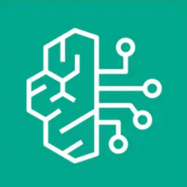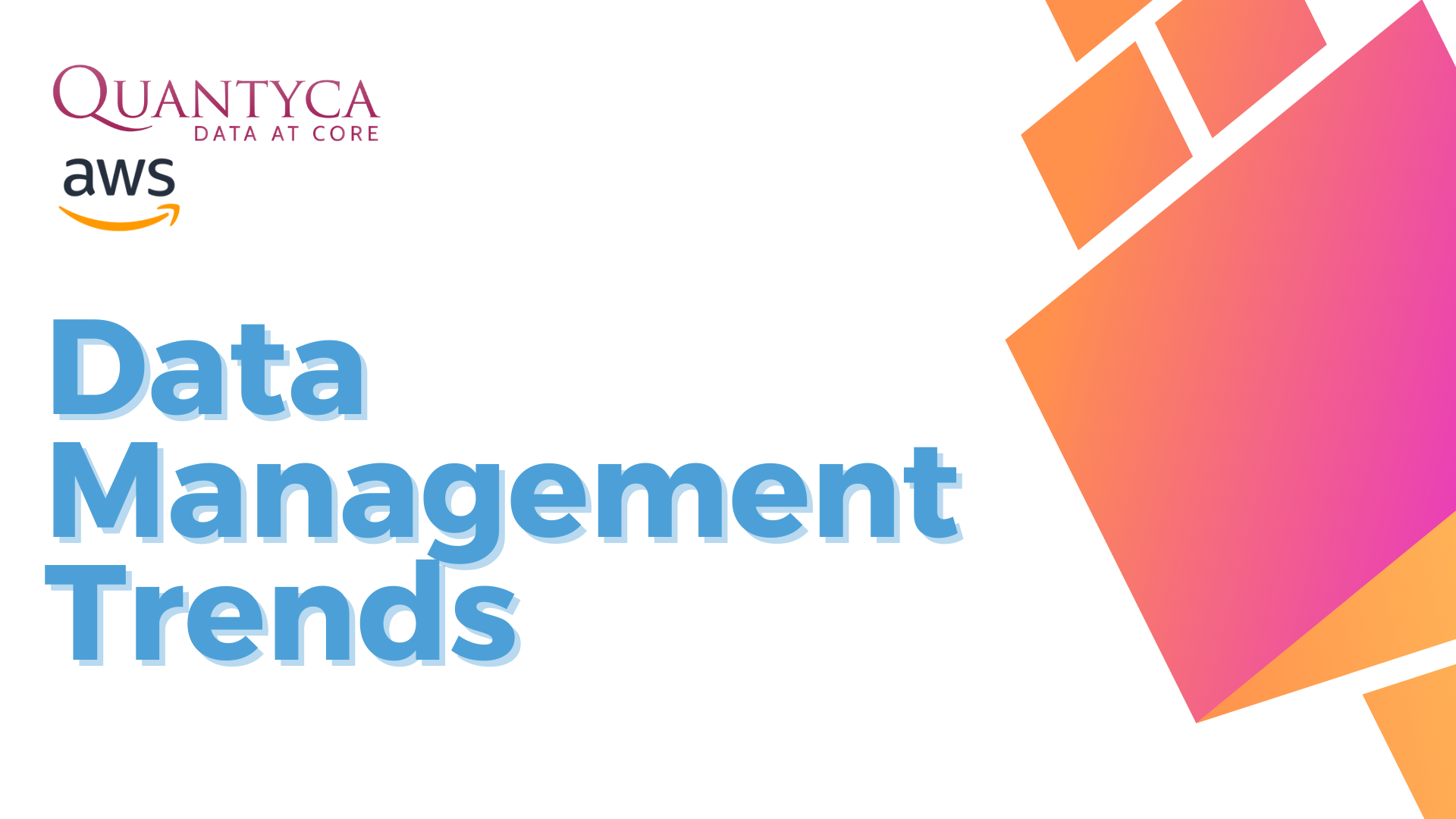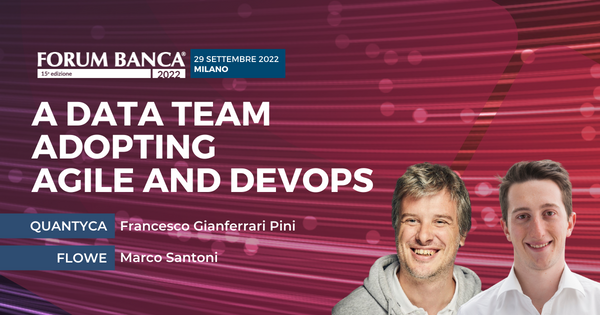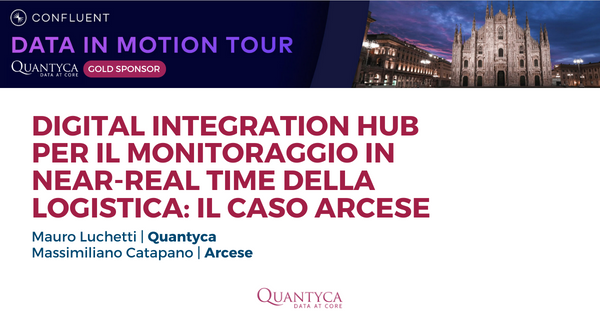Specifically, the Data Strategy consists of analyzing an organization’s starting situation and subsequently identifying a solution that meets all known needs and can evolve in an agile and sustainable way to meet future needs as well. In our view, the Data Strategy, the design of the socio-technical architecture, and the implementation/maintenance of the solution are part of a closed and continuous cycle in which the information produced in each phase is used in the next phase to improve its efficiency and effectiveness.
Over the years, Quantyca has developed its own methodology for defining and implementing Data Strategy through four phases:
- Assessment, for mapping the as-is, evolutionary scenarios, and proposing the solution. We have built a time-boxed methodology to evaluate the current context (maturity and readiness) and collaboratively build a minimum viable strategy.
- Foundation, whose purpose is to prepare a minimum viable platform that makes incremental implementation of the solution agile. To this end, we have created an open platform for managing the lifecycle of a data product.
- Mobilization, for executing POCs to highlight critical points and validate blueprints and transition plans produced in the assessment.
- Execution, which incrementally implements the solution one use case at a time.
The Data Strategy is strongly linked to the business strategy, and for this reason, already in the very first phase of the assessment, it requires a confrontation with the main stakeholders in order to deepen needs/expectations, business model, roles/responsibilities, and relevant processes. Once the functional aspects are clarified, the analysis then focuses on existing data, systems, and applications. The proposed solution contains details on architecture, technologies, and infrastructure costs. It is accompanied by a detailed plan with the aim of guiding the organization through the transition from the starting situation to the achievement of the result.
The Foundation phase is vital to facilitate and encourage the implementation of use cases and to ensure their sustainability: it implements the core of the architecture and avoids the phenomenon where the first use case to need a capability, although shared, is also the one that takes care of it simply because it is the first to request it.
The contribution of the Mobilization phase is crucial to validate architecture, plan, and costs or to review some aspects if necessary: it can, for example, resolve ambiguous aspects in the assessment phase, such as the feasibility of a particular integration or the performance of a component.
For the Mobilization and Execution phases, we adopt the EDGE methodology, which uses a lean value tree (a set of success measures and a lightway governance framework) to proceed iteratively and value-driven, balancing costs and benefits, and prioritizing tasks to be performed.






























